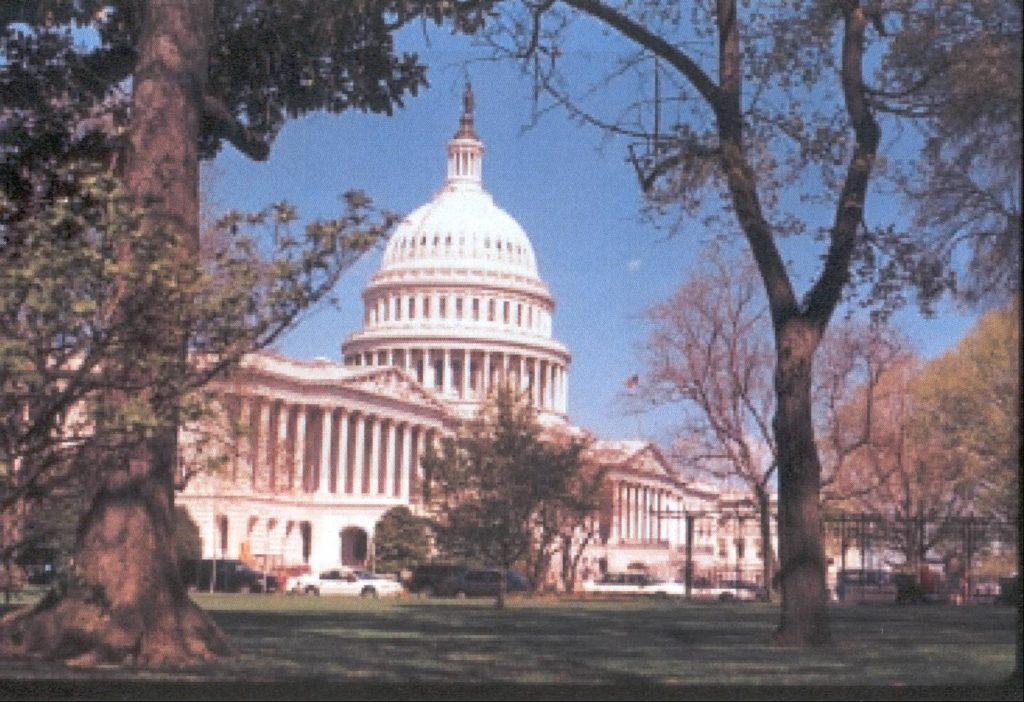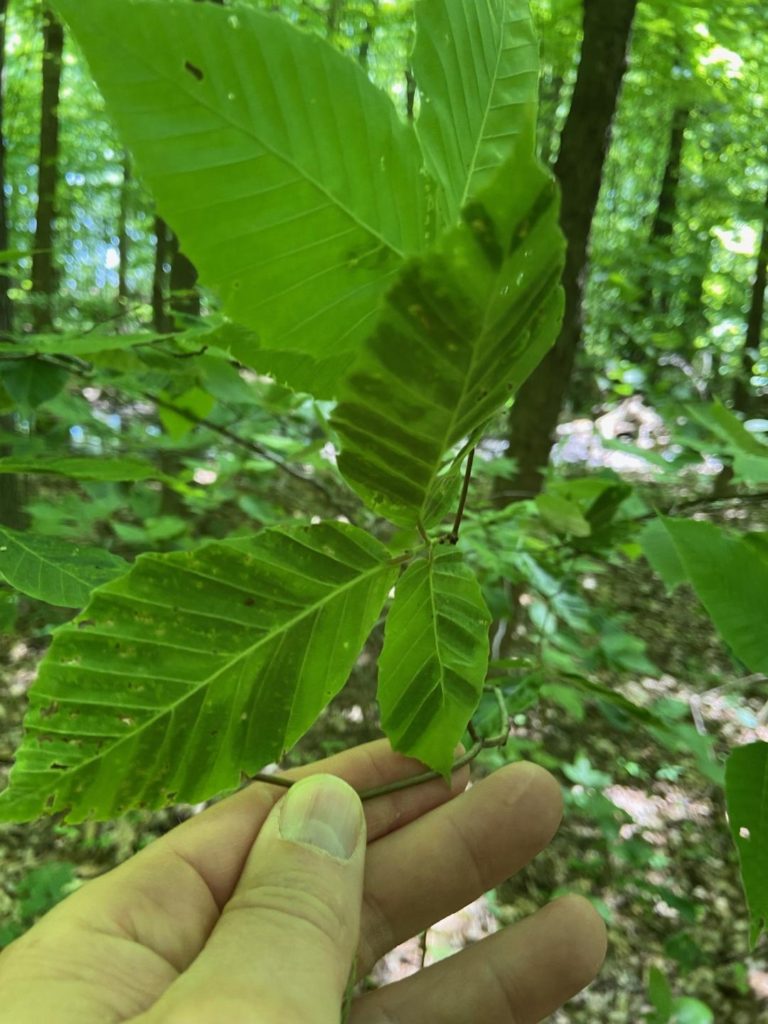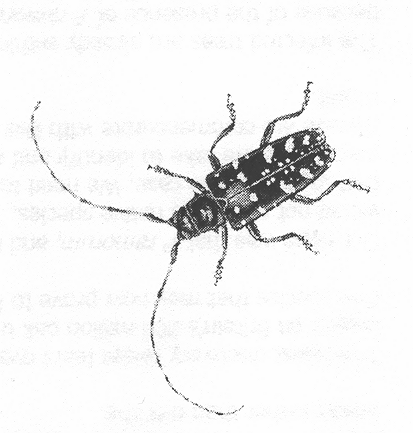
To forest pest mavens:
The House Appropriations Committee has acted on funding for APHIS & USFS in Fiscal Year (FY) 23 – which begins on October 1. While several programs have been funded at an adequate level, funding for others – e.g., APHIS’ “Tree & Wood Pests) still falls short. Please contact your senators and ask them to urge members of the Senate Appropriations Committee to increase funding for this program. Members of the Senate Agriculture and Interior Appropriations subcommittees (those with jurisdiction) are listed at the end of this blog. My rationale for the “asks” are in my earlier blog.
APHIS funding in $ millions
| Program | FY 2021 (millions) | FY 2022 enacted | FY 2023 Pres’ request | Our ask | House bill |
| Tree & Wood Pests | $60.456 | $61.217 | $62.854 | $70 | $62.562 |
| Specialty Crops | $196.553 | $209.553 | $219.533 | $219 | $219.698 |
| Pest Detection | $27.733 | $28.218 | $29.854 | $30 | $29.825 |
| Methods Development | $20.844 | $21.217 | $21.854 | $23 | $31.807 |
The House bill provides significant funding for many traditional agricultural concerns – livestock health, cotton pests, citrus diseases and pests. Programs we lobbied for received less than the Administration requested with the exceptions of Methods Development and Specialty Crops. I found no explanation for the $10 million increase for methods development.
The Committee Report specifies increases for several pests under Specialty Crops, e.g., citrus and grapes. The report also specifies that $18.3 million should be spent to control spotted lanternfly, which is a pest of both agriculture (especially grapes) and forests. The Committee asks APHIS to keep it informed about progress tackling this pest. (Rep. Andy Harris, ranking Republican on the Agriculture Appropriations subcommittee, has an active SLF infestation in his district.)
The report also instructs APHIS to maintain funding for Asian longhorned beetle at previous levels – within the Tree & Wood Pest account. This means that any savings arising from APHIS’ declaration that parts of the Ohio infestation have eradicated must still be spent on this pest. There are several outbreaks where such funds might be spent, including in New York, Massachusetts, remaining areas in Ohio, and South Carolina.
As in past years, the House Report reiterates members’ expectation that the USDA Secretary will use the authority provided in this bill to transfer funds from the USDA Commodity Credit Corporation to obtain funds to address animal and plant pest emergencies that threaten American agriculture. The Committee has appropriated additional money which is intended to enhance, not replace, use of CCC funds. [The Office of Management and Budget has severely curtailed APHIS access to emergency funds.]
=======================
The House Committee has asked that USFS develop a research program that reflects priorities on, inter alia, invasive species. This falls short of my request for earmarking a specific (small) percentage of research funding for invasive species, but it does show Congressional interest in this problem.

In the part of the budget that funds actual management work, Forest Health Management, apparently the $52 million appropriation reflects only a modest increase of funding for managing invasive species everywhere – on federal lands, i.e. National forests and non-federal lands, i.e., “coop” lands. I appreciate the attention to invasive species, especially emerald ash borer; but worry about allocating most funding to managing the impacts rather than pro-actively addressing introduction and spread to new areas.
USFS funding in $ millions
| Program | FY 2021 | FY 2022 enacted | FY 2023 Pres’ request | My ask | House bill | |
| R&D | $296.6 | $317.8 | $317.8 | $360.4 | ||
| [FIA] | $37.7 ($15 M increase) | |||||
| S&P FHM | $46,232 | same? | $59.232 | $82 | $52.232 | |
Research & Development – The Committee Report noted members’ interest in funding specific laboratories, programs, & projects, including several listed areas. The Committee expects USFS to develop a research program that reflects members’ priorities & other priorities critical to forest health, particularly with respect to climate change adaptation, preventing spread of insects and diseases, and watershed improvement
The report states several times that the USFS should assist in control of the emerald ash borer and other invasive pests, especially in areas where ash tree mortality has been high. Such statements are under State and Private Forestry, under both the Forest Health Management and Urban and Community Forests programs. The Committee earmarks $4 million under UCF for management & reforestation – including tree planting & removals — in communities most severely impacted by EAB and other pests. The efforts should prioritize regional, multi-organization collaborations in urban communities most severely impacted by invasive pests like EAB. The committee asks for a report from USFS on major invasive species and progress of remediation and replanting programs.
===========================
Key Members of the Senate Appropriations Committee
| STATE | MEMBER | APHIS APPROP | USFS APPROP |
| AK | Lisa Murkowski | X | |
| Calif | Diane Feinstein | X | X |
| FL | Marco Rubio | X | |
| HI | Brian Schatz | X | |
| IN | Mike Braun | X | |
| KS | Jerry Moran | X | |
| KY | Mitch McConnell | X | X |
| MD | Chris Van Hollen | X | |
| ME | Susan Collins | X | |
| MS | Cindy Hyde-Smith | X | X |
| MO | Roy Blunt | X | X |
| MT | Jon Tester | X | X |
| ND | John Hoeven | X | |
| NM | Martin Heinrich | X | X |
| OR | Jeff Merkley | X | X |
| RI | Jack Reed | X | |
| TN | Bill Hagerty | X | |
| VT | Patrick Leahy | X | X |
| WV | Shelly Moore Capito | X | |
| WI | Tammy Baldwin | X |
Posted by Faith Campbell
We welcome comments that supplement or correct factual information, suggest new approaches, or promote thoughtful consideration. We post comments that disagree with us — but not those we judge to be not civil or inflammatory.
For a detailed discussion of the policies and practices that have allowed these pests to enter and spread – and that do not promote effective restoration strategies – review the Fading Forests report at http://treeimprovement.utk.edu/FadingForests.htm
or
